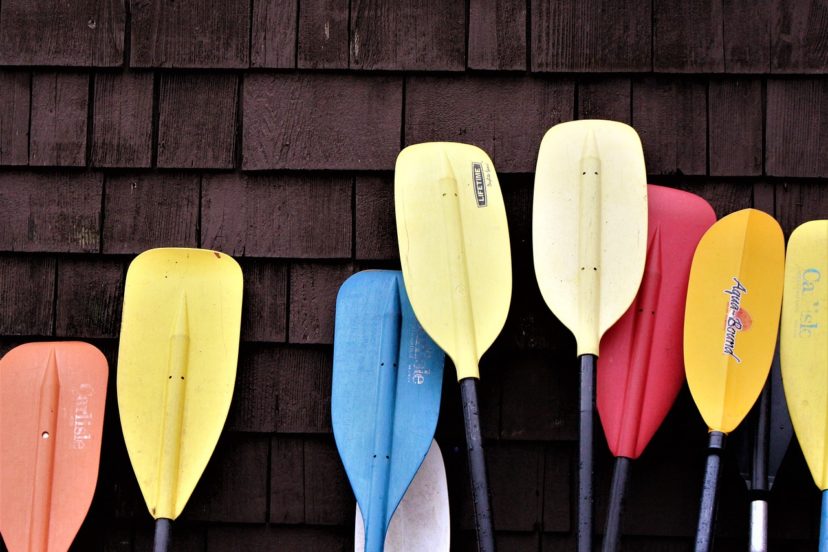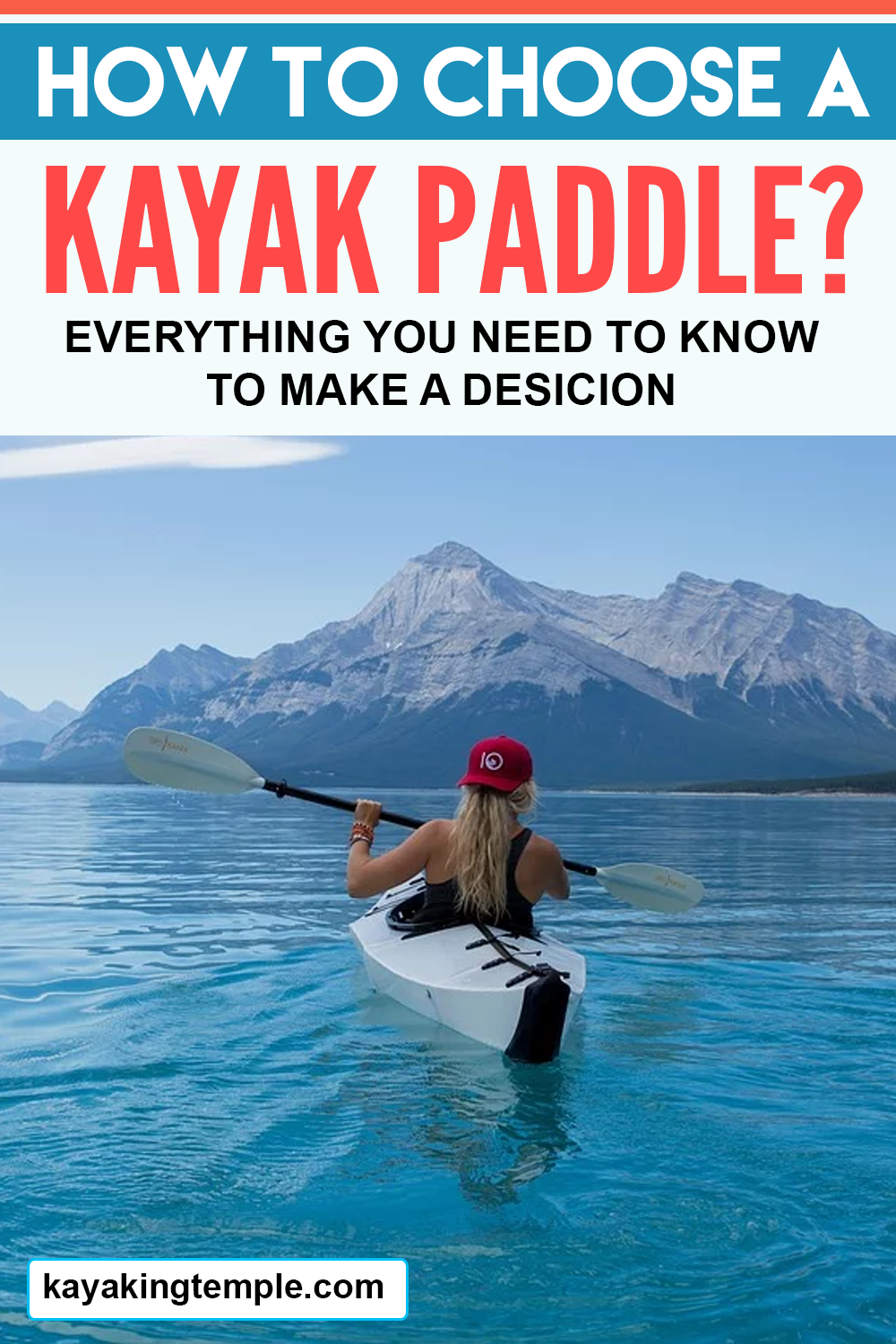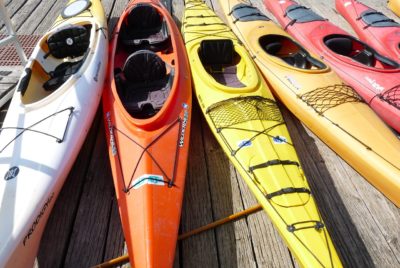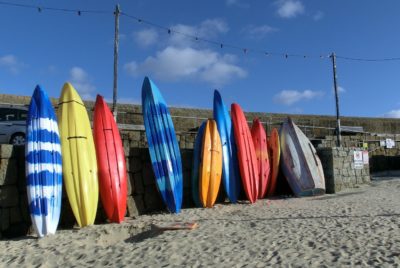How Do I Choose A Kayak Paddle?

Apart from the Kayak, the next most important accessory that affects the performance on the water is the paddle. Because you’ll be using it repeatedly throughout your tour, it can make a huge difference in comfort and performance which kayaking paddle you choose. There are four crucial factors you need to consider while selecting the right paddle. These factors are:
- Length: Bear in mind that your height and the width of the boat would determine the length of the paddle.
- Materials and price: Although lightweight materials enhance paddle performance, it also increases the price.
- Blade choice: The shape and size of the blade determine the overall performance of the paddle.
- Shaft choice: A paddle with a bent shaft or feathered blade would be more effective.
Guide to picking a kayak paddle length
The procedure of picking the length of a paddle is not complicated. For instance, you will need a longer paddle for wide and tall kayaks. Your height can also be a decisive factor, especially when you are on a narrow kayak.
Basically, two factors determine the sizing structure of kayak paddles. The fact that kayaks are measured in inches while their paddles are sized in centimeters seems strange. The chart below displays the recommended sizes for the Werner brand of paddles. Other brands may vary slightly, so take the time to check the website of the brand you wish to buy.
| Paddler Height | Boat Width | |||
| Under 23″ | 23″ to 28″ | 28″ to 32″ |
Over 32″ |
|
| Under 5′ tall | 210cm | 220cm | 230cm | 240cm |
| 5′ to 5’6″ tall | 215cm | 220cm | 230cm | 240cm |
| 5’6″ to 6′ tall | 220cm | 220cm | 230cm | 250cm |
| Over 6′ tall | 220cm | 230cm | 240cm | 250cm |
Tweener Sizes
In a scenario where you fall in-between two sizes, based on the sizing criteria, you should settle for the smaller one. Although both sizes would likely work for you, you can save yourself the hassles of carrying extra weight. But if you prefer to have a better reach with the paddle, you can choose the longer one.
Low- and High-Angle Paddles
The strategy for doing a low-angle stroke is to incline the shaft slightly by positioning the top hand below the shoulder level. This type of stroke is great for recreational kayaking on still water.
On the other hand, the high-angle stroke inclines the shaft at an angle, but the path of the blade is closer to the boat. Paddlers use this style when they need more speed. This type of stroke demands a high level of precision, or it could be stressful. It also needs a shorter paddle that has a wider paddle blade.
Generally, paddles are designed for either low or high-angle kayaking, and the size charts differ, respectively.
Paddles are designated as being for either low- or high-angle kayaking, and size charts for each are different.
Like This Article? Pin it on Pinterest

Material Choices
Blade Materials
The rule of thumb with kayaks is that lighter materials bring better performance and also sell for a higher price. Since you will be raising the blade higher than the shaft, paddles made from lightweight materials will save you a lot of fatigue. The materials used for the blade also affects the amount of energy that reaches the stroke.
Most of the materials are made from plastics and other variants of plastic materials such as “polymer” or “polypropylene.” At other times, the plastic is blended with nylon or fiberglass.
Plastic/Nylon Blades
Blades made from plastics carry the lowest price tag and are loved by recreational paddlers. Although many people think plastic paddles are highly durable, they can degrade and crack when exposed to the sun for a long time. Although the flexibility of the plastic material prevents it from breaking, it also degrades its efficiency while paddling.
Fiberglass Blades
Paddles blades made from fiberglass are mid-range in prices. They are durable and work excellently. It is lighter than plastic, and the paddle might chip with time, but won’t cause significant damage. The fiberglass blades are more efficient in water due to its rigid shape.
Carbon-Fiber Blades
The carbon-fiber blades are not just the costliest option in the market, they also provide the best performance. They are very light and stiff; this model maximizes the energy transfer from every stroke.
Shaft Materials
You can hardly find shafts made from plastics in the market, the inexpensive shaft material is usually aluminum-based. However, they are durable and easy to maintain. It picks up the surrounding temperature quickly, So, it would be wise to use a pair of gloves while using paddles with an aluminum shaft. Also, don’t forget to always store them in the shade during hot weather.
The shafts made from carbon and fiberglass have lighter weight and are stronger. You get the most efficient paddle when a lightweight shaft is paired with a lightweight blade. Such models will be costlier but provide superior performance.
Blade Design
Most of the paddles in the market nowadays have an asymmetrical dihedral shape.
One side of the asymmetrical blade is narrower and shorter than the other side. This design creates an inclination, which makes the surface of the blade push water evenly.
A dihedral blade has a signature rib at the center, which enhances the even flow of water on each half of the blade. Blades that lack this feature flutter and would not “track straight” efficiently.
Since narrower blades are lighter, they are also more comfortable while paddling for longer distances. You will appreciate its efficiency while taking a full-day or multi-day tour.
With a wider blade, you will be able to paddle with quick, powerful strokes that increase your speed and accelerate. That is why kayaking surfers prefer paddles with wider blades.
Shaft Design
The straight shaft vs. bent shaft. There is a “kinked” section in the bent-shaft paddles, which places the handles at a convenient angle during power strokes. This feature reduces fatigue and soreness of the joints. However, you should plan to spend a day in the water to adjust your stroke techniques if you are switching from a straight shaft to a bent shaft paddle.
Two-piece vs. four-piece. Both types of shaft designs were created to make storage easier for paddlers. For instance, the model with a 4-piece shaft would have shorter sections. So, it’s an excellent choice for those hiking with a portable kayak or those who want to hold the paddle on board in an airplane.
Small-diameter shafts. This type of paddle is easier to grip for people with small hands. It is a good choice for those who cannot link their joint and index finger while paddling. Note that shafts only have two diameters, which are the standard and the small diameter shafts.
Feathering
The blades of paddles will either come as feathered or matched. The difference is that the blades of the matched models align with each other while that of the Feathered type is aligned at an angle. The advantage of the feathered models is that wind resistance is minimal for the blade that is out of the water.
Now, don’t go out there looking for matched or feathered paddles because almost all paddles are adjustable to become matched or feathered. The paddle settings allow you to tilt the blade at 15-degrees increment while a few models allow you to use any angle whatsoever.
The “right-hand control” or “left-hand control” refers to the hand that moves the shaft while you are having a feathered stroke. Many of the paddles allow you to select the one you want to use.



